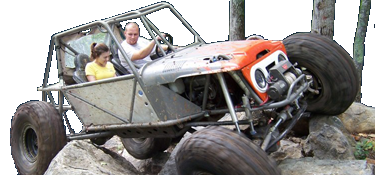That's exactly where it would be expected to break as a fatigue failure.
You've got a tube that's rigidly supported at the ends, but only supported at the ends (it appears). The tube is loaded in the middle, and it's loaded mostly in bending because it's only supported at the ends.
The bends in the tubing also add a torsional load component (like a crank) because the bending loads are now offset whatever distance from where the ends are supported.
It's going to fatigue at that transition from stiff weld to flexible tubing, because that's where the stress concentration is. Exactly where it starts and how it propagates depends on welding and metallurgy, but none of that changes the fact that there's a stress riser in that area because of how the tubing is loaded and supported.
Once one end starts to crack, the load on the other end starts to increase, and the same thing happens there.
That crossmember should have some extra support added (triangulate to where the lower arm mounts are?), which changes the loading at the ends more into tension/compression than bending.
Or, should be made out of something that's got more strength along the bending axis, like thicker/bigger tubing, or a stiffer/stronger tube profile, etc.
The tubing is obviously strong enough not to yield in bending or buckling, but it's shown that the fatigue loads are too high unless something is changed.







